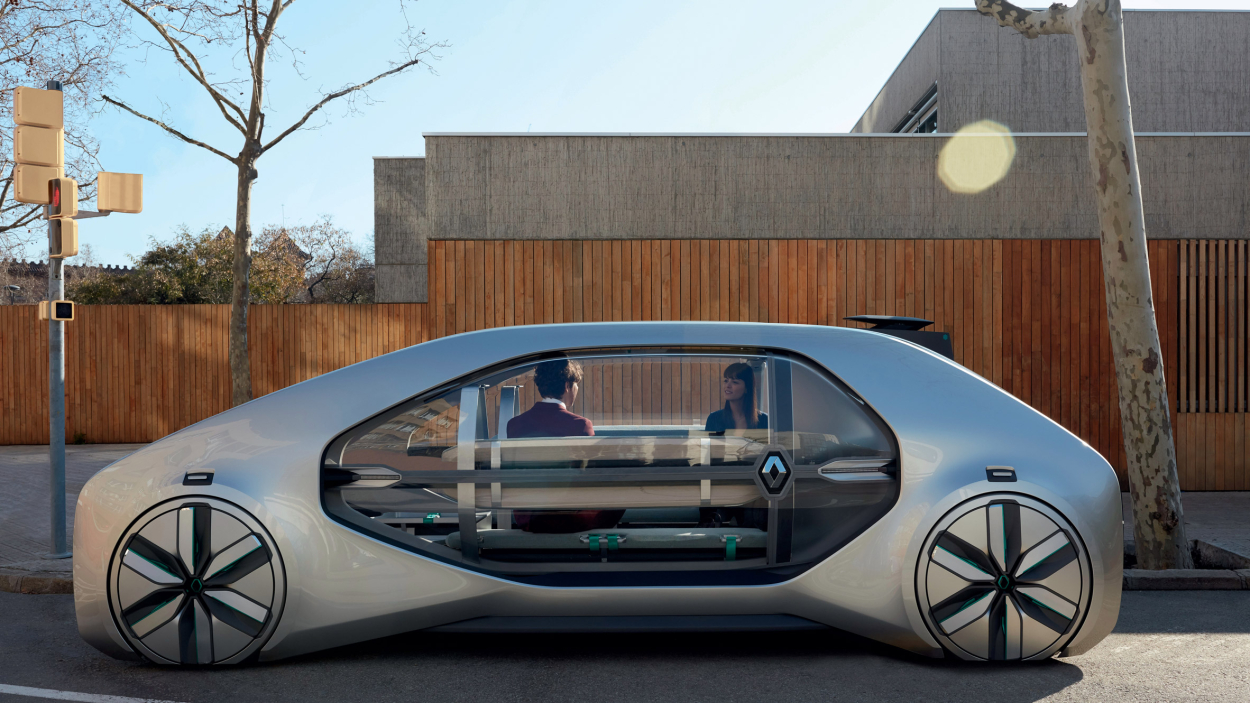
Transport design is the process of designing vehicles that are used for transportation purposes, such as cars, buses, trains, ships, and planes. It involves the creation of aesthetically pleasing and functional designs that meet the needs of both passengers and operators. The aim of transport design is to create vehicles that are safe, efficient, comfortable, and easy to use.
Transport designers work on a wide range of projects, from the design of individual vehicle components to the creation of entire transport systems. They must consider a range of factors, including ergonomics, aerodynamics, materials, manufacturing techniques, and environmental impact, in order to create designs that meet the needs of all stakeholders.
Transport design is an interdisciplinary field that draws on knowledge from engineering, industrial design, human factors, and other related areas. It is a challenging and rewarding field that plays a critical role in shaping the way we move around the world.
Transport design is a multidisciplinary field that involves designing various modes of transportation such as automobiles, aircraft, trains, ships, and other forms of vehicles. The scope of transport design is vast and covers a wide range of areas, including:
Product Design: Transport design involves the creation of a product that meets the specific requirements of a customer. It includes designing the exterior and interior of the vehicle, its functionality, and its performance.
User Experience Design: Transport design aims to provide a comfortable and safe experience for the passengers. It involves designing the seats, controls, and other features of the vehicle to enhance the user experience.
Sustainability: Transport design is also concerned with reducing the environmental impact of transportation. Designers strive to create vehicles that are fuel-efficient, use renewable energy sources, and have low emissions.
Safety: Transport design plays a crucial role in ensuring the safety of passengers and other road users. It involves designing safety features such as airbags, anti-lock brakes, and advanced driver assistance systems.
Branding and Marketing: Transport design also contributes to the branding and marketing of a vehicle. Designers work closely with marketing teams to create a distinctive visual identity for the vehicle that appeals to the target audience.
Overall, the scope of transport design is broad and encompasses a wide range of disciplines, including engineering, industrial design, user experience design, sustainability, safety, and branding.